Ein Gedi Nature Reserve is one of the most popular attractions in Israel. In fact, It literally means “spring of the kid (young goat)” is a breathtaking oasis perched west of the Dead Sea; near Masada and the Qumran National Park with its impressive Caves. Ein Gedi was listed in 2016 as one of the most popular nature sites in the country. The site attracts about one million visitors a year.
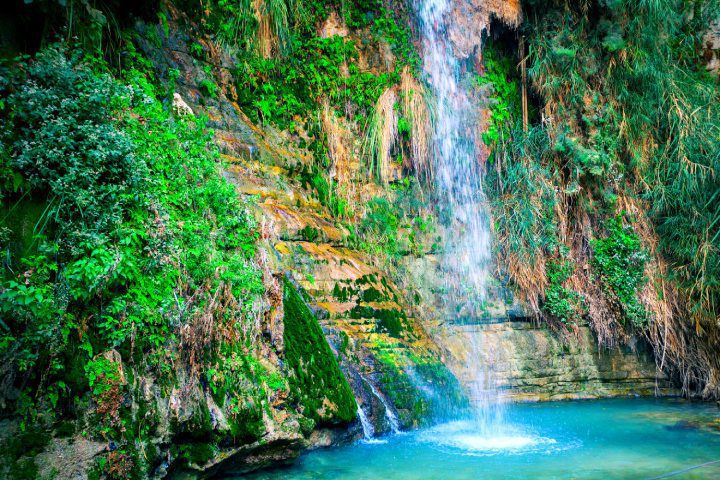
Ein Gedi in the Hebrew Bible
In Joshua 15:62, Ein Gedi is enumerated among the wilderness cities of the Tribe of Judah in the desert of Betharaba, and Ezekiel, it prophesied that one day, its coastal location would make it into a fishing village after the water of the Dead Sea has been made sweet:
“Fishing nets will be spread from En-Gedi to En-eglaim.”
Ezekiel 47:10
Fleeing from King Saul, David hides in the strongholds at Ein Gedi (1 Samuel 23:29 and 24:1–2), and Saul seeks him “even upon the most craggy rocks; which are accessible only to wild goats” (1 Samuel 24:2). Psalm 63, subtitled a Psalm of David when he was in the wilderness of Judah; has been associated with David’s sojourn in the desert of En-Gedi.
The Song of Songs (Song of Solomon 1:14) speaks of the “vineyards of En Gedi”. Also, Ecclesiasticus 24:18, “I was exalted like a palm tree in Cades” (’en aígialoîs), may perhaps be understood as the palm trees of Ein Gedi.
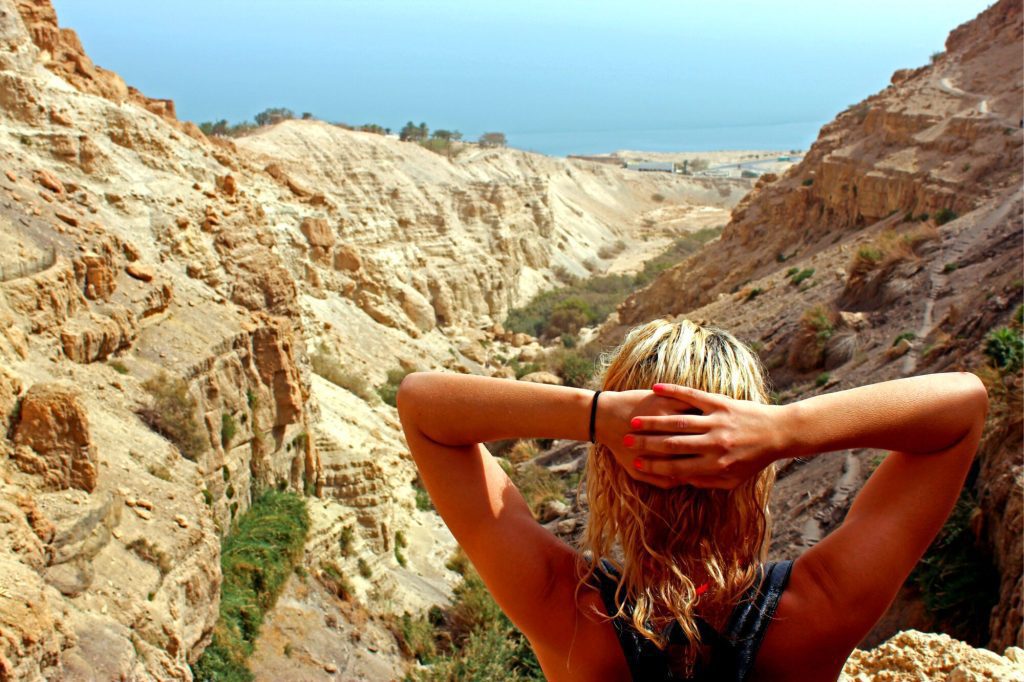
Ein Gedi in the Byzantine period
The indigenous Jewish town of En Gedi was an important source of balsam for the Greco-Roman world until its destruction by Byzantine emperor Justinian as part of his persecution of the Jews in his realm. In Ein Gedi’s Ancient Synagogue, there is a mosaic worth seeing! It is a remain from Ein Gedi’s heyday, including a Judeo-Aramaic inscription mosaic now on display at Jerusalem’s Schottenstein campus museum warning inhabitants against “revealing the town’s secret” – possibly the methods for extraction and preparation of the much-prized balsam resin; though not stated outright in the inscription – to the outside world.
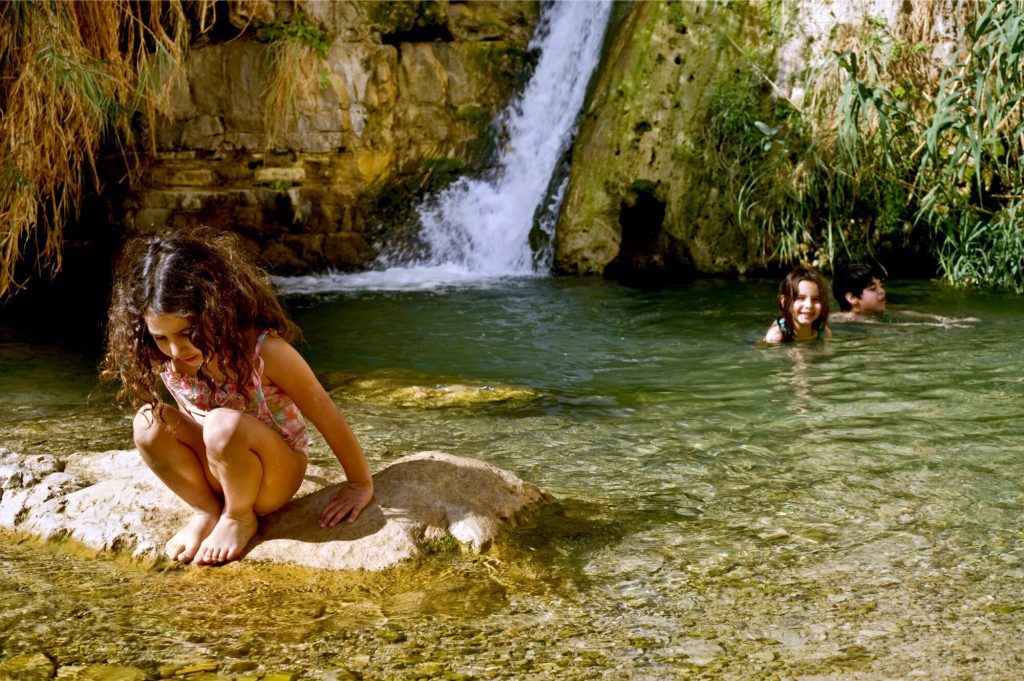
Ein Gedi Nature Reserve And National Park
Ein Gedi nature reserve was declared in 1971 and is one of the most significant reserves in Israel. The park is on the Judean Desert’s eastern border on the Dead Sea coast.
The land’s elevation ranges from the Dead Sea level at 423 meters (1,388 ft) below sea level to the plateau of the Judean Desert at 200 meters above sea level. Ein Gedi nature reserve includes two spring-fed streams with flowing water year-round: Nahal David and Nahal Arugot. Two other springs, the Shulamit and Ein Gedi, flow in the reserve. The springs generate approximately three million cubic meters of water per year. Much of the water is used for agriculture or is bottled for consumption.
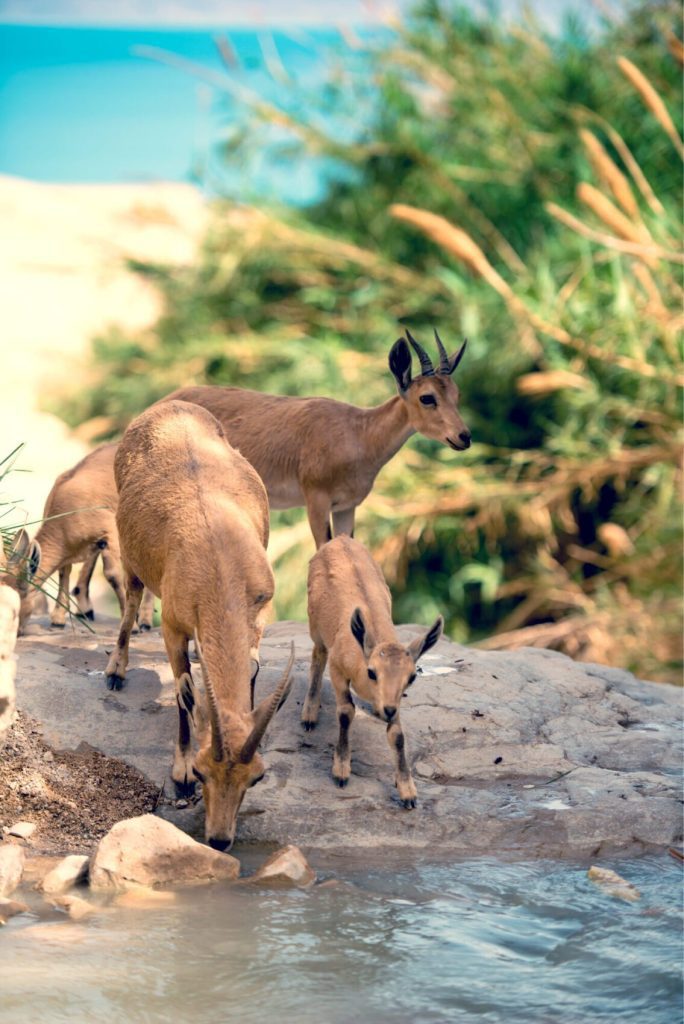
Furthermore, the reserve is a sanctuary for many plant, bird, and animal species. Also, the vegetation includes plants and trees from the tropical, desert; Mediterranean; and steppian regions; such as Sodom apple, acacia, jujube, and poplar. Over 200 additional species supplement the many species of resident birds during the migration periods in the spring and fall. Mammal species include the Nubian ibex and the rock hyrax.

Don’t Skip Ein Gedi No Matter What!
The Ein Gedi national park features several archaeological sites, including the Chalcolithic Temple of Ein Gedi and a first-century CE village. If you’re looking for a nice hike, go to Wadi Arugot. I recommend starting early in the morning. To begin with that, you could avoid the heat. But also to beat the crowds.
The Chalcolithic Temple At Ein Gedi
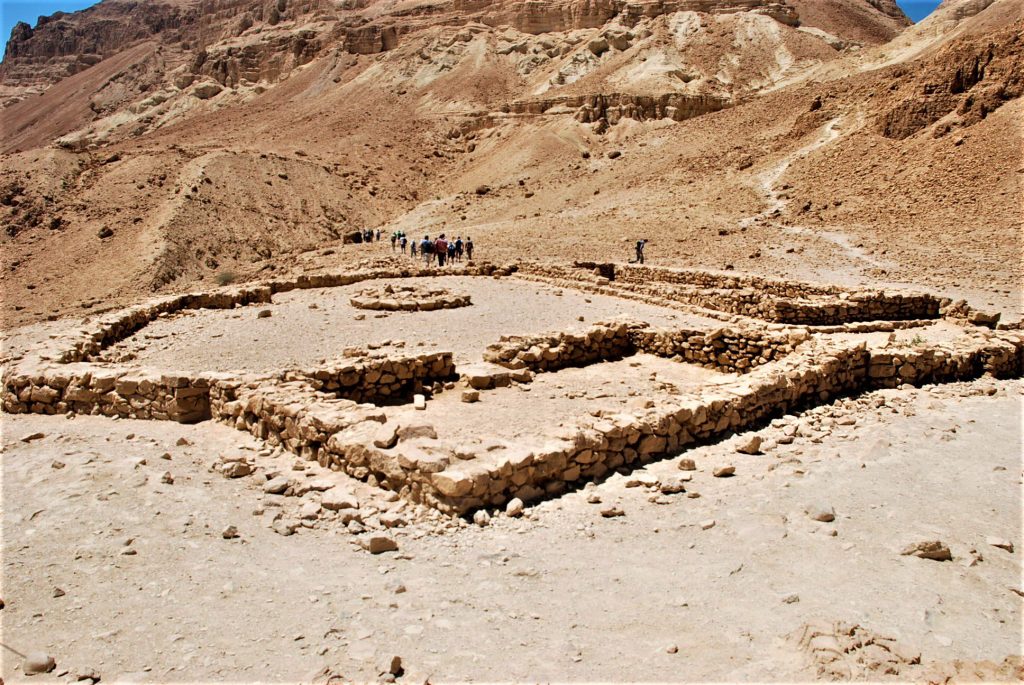
Although if you want a short experience of the park yet still see what Ein Gedi has to offer, use the Wadi David trail. However, it’s typically much more crowded. On my tours, I take my guests to see a little of the park, even if it’s not our main destination. On my way to Masada or Qumran, it’s always a nice stop. So for more questions, don’t hesitate to contact me!
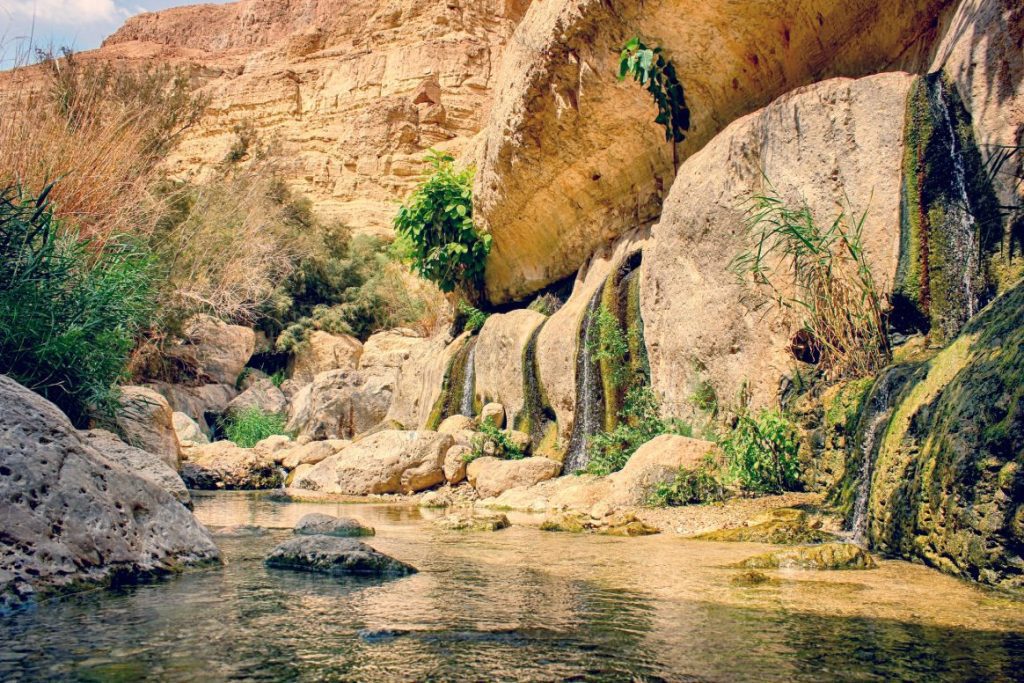
Ein Gedi Nature Reserve Opening Hours:
Reserve entrance closes one hour before cited closing time. Last entry to Wadi Arugot: 2 pm
Summer hours:
Sunday–Thursday and Saturday: 8 am – 5 pm
Friday and holiday eves: 8 am – 4 pm
Winter hours:
Sunday–Thursday and Saturday: 8 am – 4 pm
Friday and holiday eves: 8 am – 3 pm
Holiday eves: 8 am – 1 pm
Yom Kippur eve: 8 am – 1 pm

